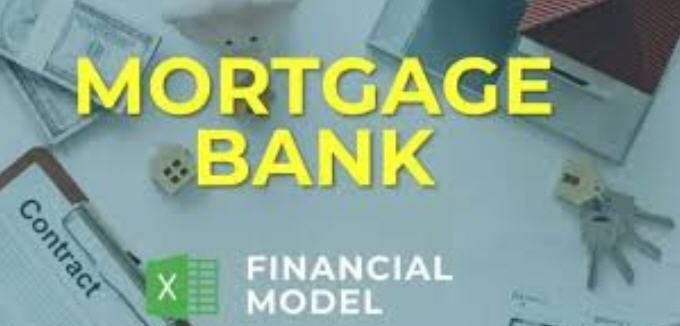
Key Performance Indicator (KPI) for Banking Mortgage
To name a few:
Sales and Origination KPIs
- Application Volume: The number of mortgage applications received over a specific period. Tracks demand and workload.
- Conversion Rate: Percentage of mortgage applications that result in funded loans. Shows the effectiveness of the sales process and underwriting.
- Pull-Through Rate: Percentage of pre-approved applicants who end up closing on a mortgage loan. A high rate indicates effective sales efforts.
- Average Cycle Time: Average time from application to loan closing. Shorter cycle times improve borrower experience and your ability to handle more volume.
- Loan Officer Productivity: Track the number of loans funded, revenue generated, etc., per loan officer.
Profitability KPIs
- Average Loan Size: Average dollar amount of mortgages originated. Larger loan sizes often mean higher revenue.
- Cost per Loan Originated: Average costs involved in processing, underwriting, and closing a mortgage loan. Helps manage expenses.
- Profit per Loan: Revenue earned per loan minus the costs of origination and funding. This is a key measure of individual loan profitability.
- Gain on Sale Margin: Profit gained when selling originated loans on the secondary market.
Customer Experience KPIs
- Net Promoter Score (NPS): Measures the likelihood of borrowers recommending your mortgage services. High NPS reflects strong client relationships.
- Customer Satisfaction Surveys (CSAT): Track satisfaction with the application process, communication, interest rates, etc. Helps identify improvement areas.
- Borrower Reviews: Monitor borrower feedback on online platforms to understand customer sentiment.
Underwriting and Risk KPIs
- Loan Approval Rate: Percentage of submitted applications that get approved. This reflects lending guidelines and risk tolerance.
- Loan-to-Value (LTV) Ratio: Average LTV of funded loans. Lower ratios generally suggest less risky lending.
- Debt-to-Income (DTI) Ratio: Average DTI of borrowers. Helps assess affordability and risk.
- Default Rate: Percentage of loans that go into default. Lower rates indicate better underwriting quality.
Operational KPIs
- Application Turnaround Time: Time from application submission to a loan decision (approval or denial). Faster decisions enhance the customer experience.
- Underwriting Errors: Track the frequency and severity of mistakes in the underwriting process. High error rates can lead to losses.
- Number of Conditions per Loan: The average number of conditions borrowers have to meet before closing. More conditions can slow down the process.
Additional Considerations:
- Compliance KPIs: Track adherence to regulatory guidelines for mortgage lending and fair lending practices.
- Market Share: Measure your bank’s percentage of mortgage loans in a specific market or region.
